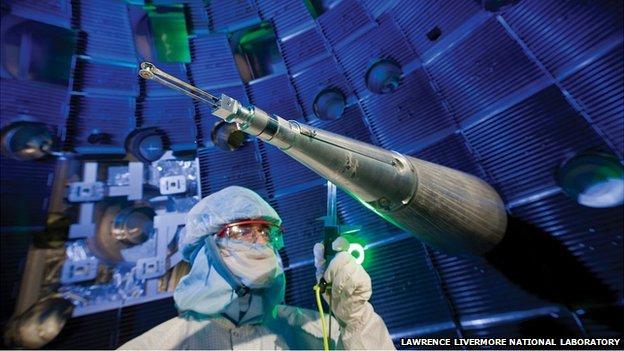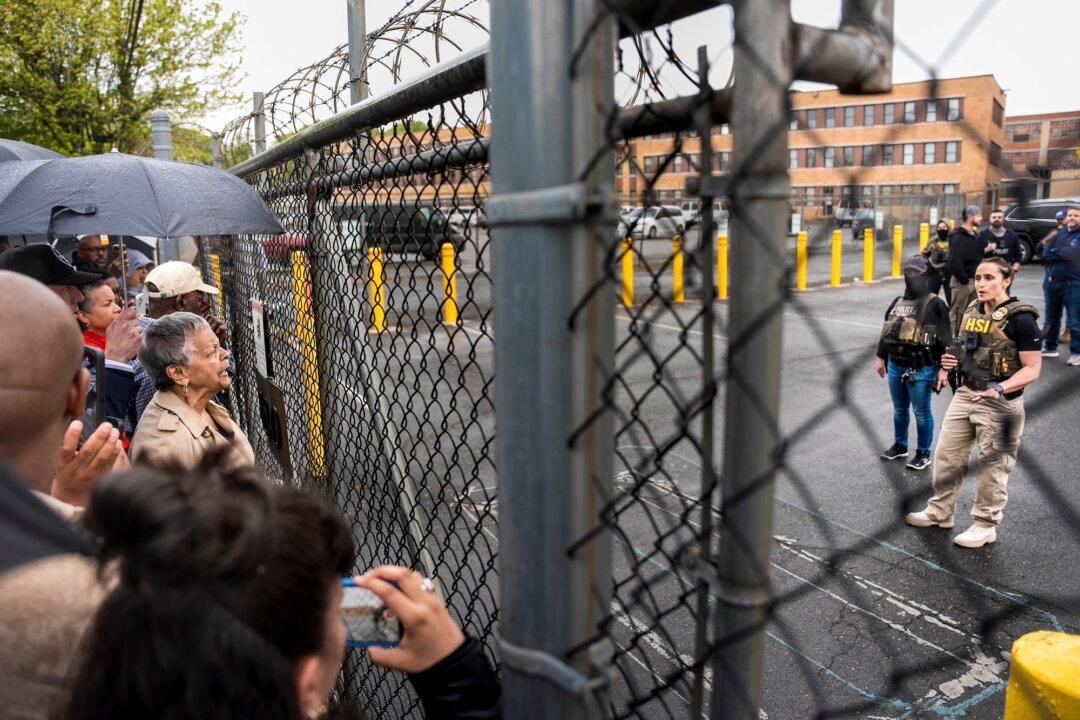A laboratory in the United States that achieved a historic net energy gain in a fusion reaction last year has replicated this scientific breakthrough, marking a major step toward advancing clean energy.
The Lawrence Livermore National Laboratory said it repeated the fusion ignition in an experiment at the National Ignition Facility (NIF) on July 30. The Financial Times first reported the news.





